HMS Spiteful was a third-batch S-class submarine built for the Royal Navy during the Second World War.

HMS Saga was a S-class submarine of the third batch built for the Royal Navy during World War II. She survived the war and was sold to Portugal.
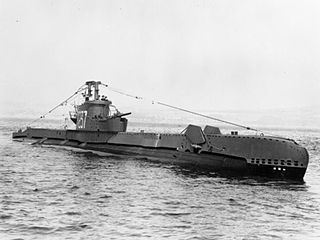
HMS Scythian was a S-class submarine of the third batch built for the Royal Navy during World War II. She survived the war and was sold for scrap in 1960.

HMS Sea Scout was a S-class submarine of the third batch built for the Royal Navy during World War II. She survived the war and was sold for scrap in 1965.
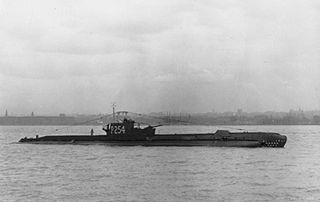
HMS Selene was a S-class submarine of the third batch built for the Royal Navy during World War II. She survived the war and was sold for scrap in 1961.
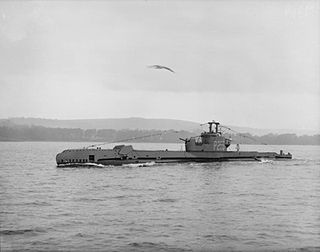
HMS Seneschal was a S-class submarine of the third batch built for the Royal Navy during World War II. She survived the war and was sold for scrap in 1965.
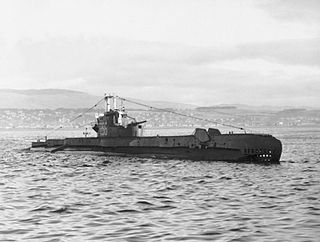
HMS Sentinel was a S-class submarine of the third batch built for the Royal Navy during World War II. She was not completed until after the war and was sold for scrap in 1962.
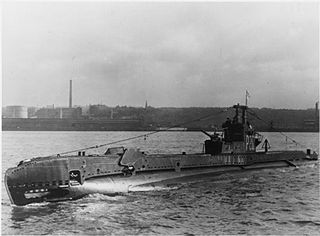
HMS Solent was a S-class submarine built by Cammell Laird and launched on 8 June 1944 of the third batch built for the Royal Navy during World War II. She spent most of her career in the Pacific Far East, often in company with her sister ship, HMS Sleuth. Together they sank fifteen Japanese sailing vessels and the Japanese auxiliary minesweeper Wa 3. She survived the war and was sold for scrap in 1961.
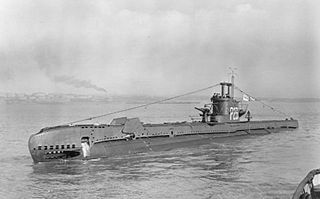
HMS Surf was a S-class submarine of the third batch built for the Royal Navy during World War II. She survived the war and was scrapped in 1948.

HMS Spur was a S-class submarine of the third batch built for the Royal Navy during World War II. She survived the war and was sold to Portugal in 1948.
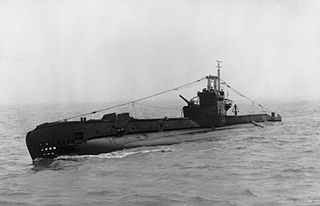
HMS Spearhead was a S-class submarine of the third batch built for the Royal Navy during World War II. She survived the war and was sold to Portugal. She was scrapped in 1967.

HMS Supreme was a S-class submarine of the third batch built for the Royal Navy during World War II. She survived the war and was sold for scrap in 1950.
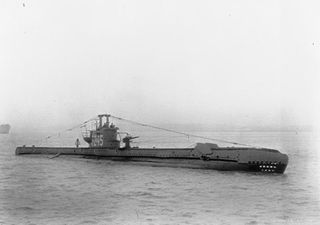
HMS Spirit was a S-class submarine of the third batch built for the Royal Navy during World War II. She survived the war and was scrapped in 1950.

HMS Spark was a S-class submarine of the third batch built for the Royal Navy during World War II. She survived the war and was scrapped in 1950.

HMS Stoic was a S-class submarine of the third batch built for the Royal Navy during World War II. She survived the war and was scrapped in 1950.
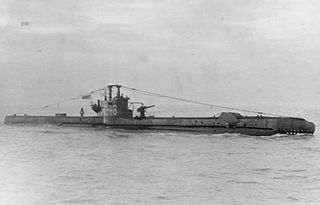
HMS Sturdy was a S-class submarine of the third batch built for the Royal Navy during World War II. She survived the war and was scrapped in 1958.
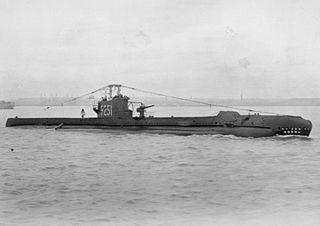
HMS Subtle was a S-class submarine of the third batch built for the Royal Navy during World War II. She survived the war and was scrapped in 1959.

HMS Spearfish was a second-batch S-class submarine built during the 1930s for the Royal Navy. Completed in 1936, the boat participated in the Second World War. The submarine was one of the 12 boats named in the song "Twelve Little S-Boats". So far she has been the only ship of the Royal Navy to be named Spearfish.

HMS Sterlet was a second-batch S-class submarine built during the 1930s for the Royal Navy. Completed in 1938, the boat fought in the Second World War. The submarine is one of the 12 boats named in the song Twelve Little S-Boats. Thus far she has been the only ship of the Royal Navy to be named Sterlet.

HMS Sea Devil was a S-class submarine of the third batch built for the Royal Navy during World War II. She survived the war and was sold for scrap in 1966.




















